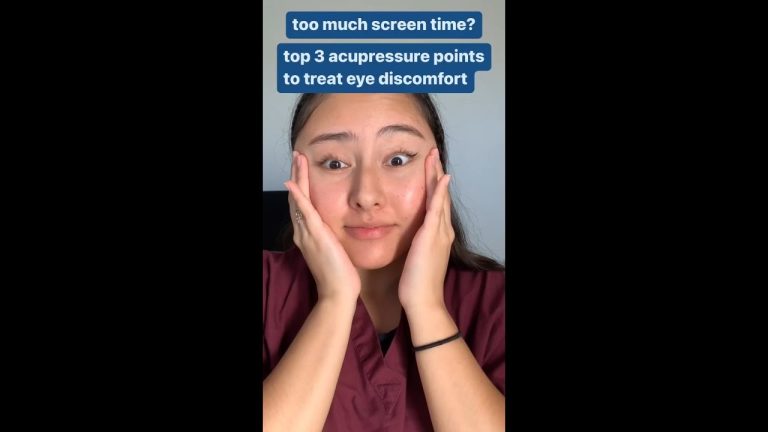Preventing and Treating Eye Infections: A Comprehensive Guide for Optimal Optical Health
Infections in the eye can be a scary and uncomfortable experience for anyone, causing irritation, redness, and pain. These infections can occur in different parts of the eye and can be caused by viruses, bacteria, or fungi. They can also develop due to allergies or from wearing contact lenses, especially if the lenses are not properly cleaned or stored.
It is important to recognize the symptoms and seek medical attention if needed as soon as possible. Early diagnosis and treatment can help in preventing serious complications and further damage to the eye.
Types of Eye Infections
There are several different types of eye infections that can occur:
- Conjunctivitis: Also known as pink eye, it is caused by either a virus or bacteria and affects the conjunctiva, the transparent layer that covers the white part of the eye.
- Keratitis: This is an infection of the cornea, the clear front part of the eye. It can be caused by bacteria, viruses or fungi, and is most commonly associated with contact lens wearers who do not follow proper hygiene practices.
- Stye: This is an infection of the eyelid, and it appears like a small red bump.
- Orbital cellulitis: This infection is rare and occurs when the tissues around the eye become infected, causing the eye to feel swollen and reduced eye movements.
- Endophthalmitis: This rare but severe infection affects the innermost layer of the eye, including the retina and the vitreous fluid. It can result in vision loss or blindness if left untreated.
Treatment and Prevention of Eye Infections
The treatment of eye infections will depend largely on the cause and the severity of the infection. Mild infections can often be treated with antibiotic or antiviral eye drops or ointments, while more severe infections may require oral medications or antifungal treatments.
It is also essential to take preventive measures to reduce the risk of eye infections. Practicing good hygiene habits such as washing hands frequently, avoiding touching the eyes, and using clean towels and tissues can be helpful. If you wear contact lenses, ensure that they are properly cleaned, stored, and replaced regularly to prevent infections.
Conclusion
In summary, eye infections can be problematic but can be prevented and treated with proper care and attention. Regular eye examinations can also help detect any underlying conditions that may increase the risk of eye infections. If you notice any signs of an eye infection such as redness, itchiness, or discharge, seek medical attention promptly to prevent further complications and maintain optimal eye health.
Most wanted in Hoya Vision:
Hoya Lens Engravings
Which lens is better Alcon or Johnson and Johnson?
What’s the rarest eye color?
What brand lenses does Costco use?
Legacy Eye Care Llc
Should eyeglasses cover eyebrows?
What do you call glasses that turn dark in the sun?
Hoya Sensity Vs Transitions Xtractive
Wide Corridor Progressive Lenses
What’s the difference between 1.5 and 1.6 lenses?
















